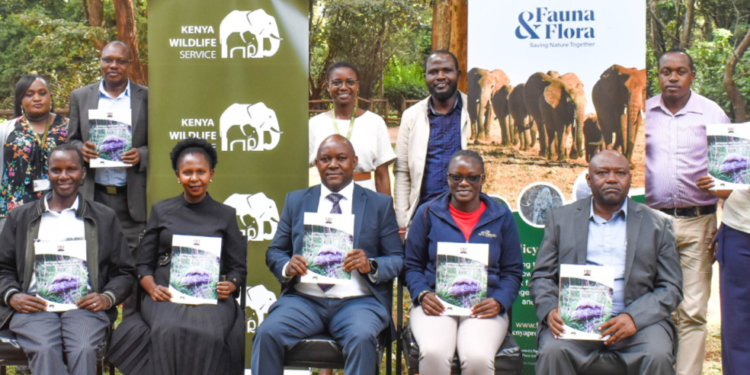The Kenya Wildlife Service (KWS) Director of Wildlife and Community Service, Prof. Charles Musyoki has officially released the First National Recovery and Action Plan for Pangolins in Kenya (2024-2028).
The event took place virtually through a webinar featuring a moderated panel discussion focused on the significance of pangolin conservation.
The initiative is grounded in Section 49 of the Wildlife Conservation and Management Act CAP 376, which requires KWS to collaborate with stakeholders to formulate and implement species action plans. Pangolins are vital to the wildlife food chain as burrowing animals, and they significantly contribute to Kenya’s economy through tourism, attracting visitors from around the globe.
Prof. Musyoki emphasized that the action plan aligns with Strategic Goals 1, 2, and 3 of the KWS Strategic Plan (2024-2028), stating, “Our vision is to have well-conserved viable wild populations of the three species of pangolins occurring in Kenya, as valued national and world heritage.”
The Pangolin Action Plan outlines six key strategic objectives aimed at addressing conservation challenges. By developing this first National Recovery and Action Plan, Kenya aims to provide a coordinated approach to pangolin conservation, focusing on filling knowledge gaps, mitigating threats, and establishing regional leadership in conservation efforts.
Prof. Musyoki added, “This plan seeks to enhance our capacity to manage and protect pangolin populations effectively, thereby ensuring their survival for future generations.”
KWS expressed gratitude to the panelists who contributed to the discussion, including Ms. Serah Munguti, Country Manager of Fauna & Flora International; Dr. Simon Musila, Senior Research Scientist at the Museums of Kenya; and Dr. Claire Okell, Director of the Pangolin Project, alongside KWS representatives Mr. Dickson Ritan and Mr. Solomon Kyalo.


















